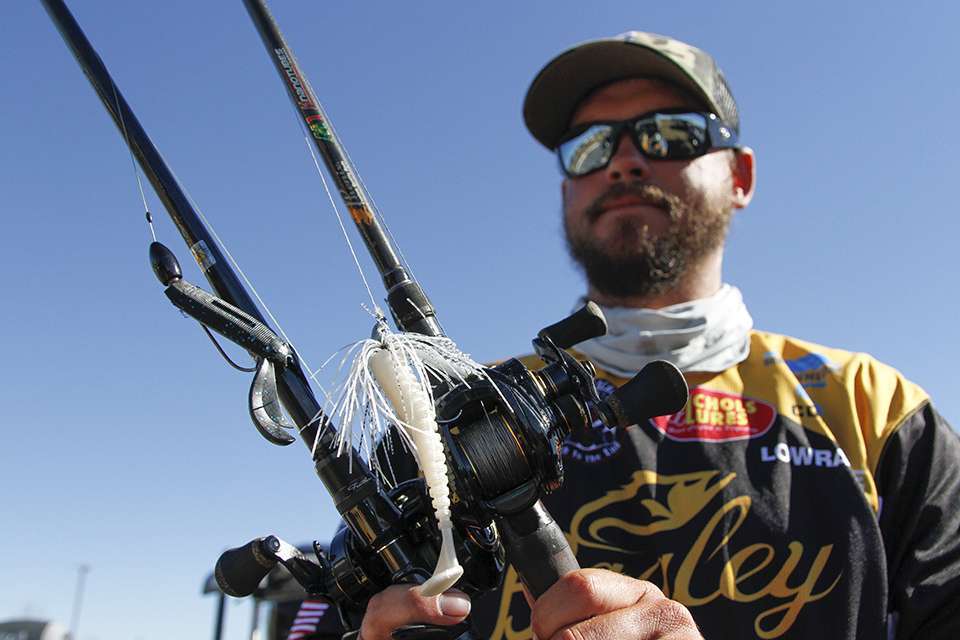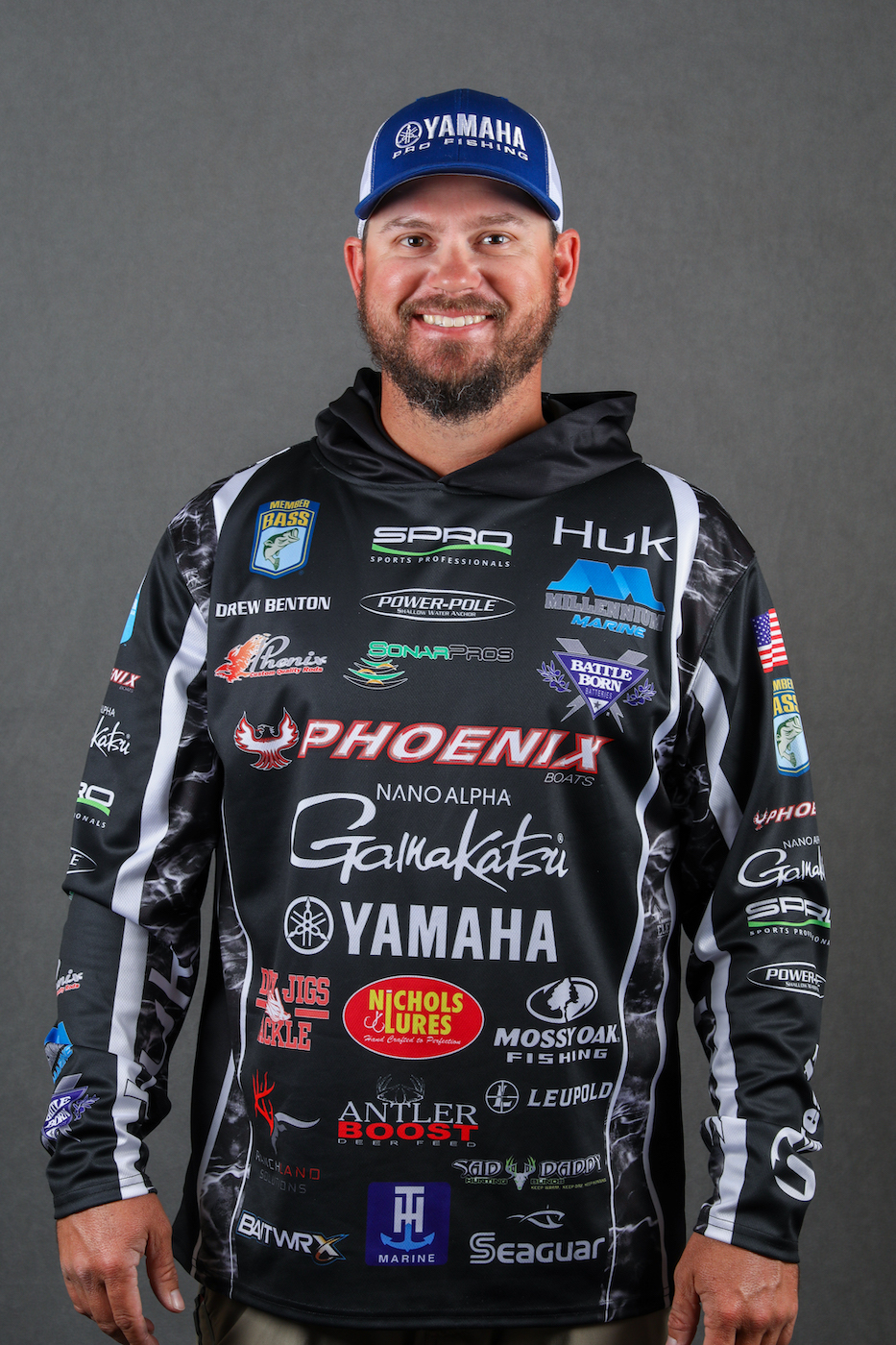
The first step in matching the hatch — before you do anything else — is to check and see what they’re eating. This isn’t a casual glance or two, and it isn’t about what they were eating last week. It’s a serious effort to watch and see what’s in the water the day you’re trying to catch them.
If this is tough, or you can’t find anything, try to catch a couple of bass and put them in your livewell for an hour or two. A lot of the time they’ll spit up what’s in their stomach. When they do that you can look and see exactly what they were eating. In fact, this is probably the most reliable way to find out what you need to know.
Beyond that, I start with color. I know some anglers aren’t all that color conscious, but for me it’s the first step. I match the color of the forage as close as I can regardless of what bait I’m fishing. It’s a confidence thing with me. I feel like the first thing they see is color so I want it right.
One exception to the color thing is in the early spring. I almost always start at that time of the year with a red or a brown. It seems like that wherever I fish, the early spring bite is a crayfish one, and most of them will be some shade of red or brown. Looking around isn’t necessary.
The next factor I consider is size. This matters because I want my lure to look like the real thing that they are seeing. So, if you have the color right and the size right, you’ll have everything pretty much under control. The fact that I’ve put it second doesn’t mean it’s not important. It’s a close second, very close.
Of lesser importance to me is action. In my mind that’s something that you can fine tune after you’ve caught a few bass and are getting into a groove. In my fishing world action is a distant third to color and size, but I do take it into consideration when I can.
A good example of what I’m saying here would be fishing with a jerkbait in cold water. Most of them are thin bodied. If the primary forage where I’m fishing is shad, a jerkbait isn’t the right shape and in most cases it doesn’t have the perfect action. But, when my color is right, the bass will become curious and their predatory instincts will take over. We all know jerkbaits will catch them.
It’s important to be fair here. Not every angler will agree with what I’ve said. A lot of them, professional and recreational, will rank the factors I’ve mentioned differently. I’m not saying they’re wrong. I am saying this is how I fish for bass. It’s the approach that gives me confidence and that has enabled me to earn a living in this business.
One last thing: If you have questions about techniques or how to fish certain situations, post them in the comments section below. I read those and will do my best to answer them. I want this column to be relevant and to help my readers catch more bass. Help me do that.

